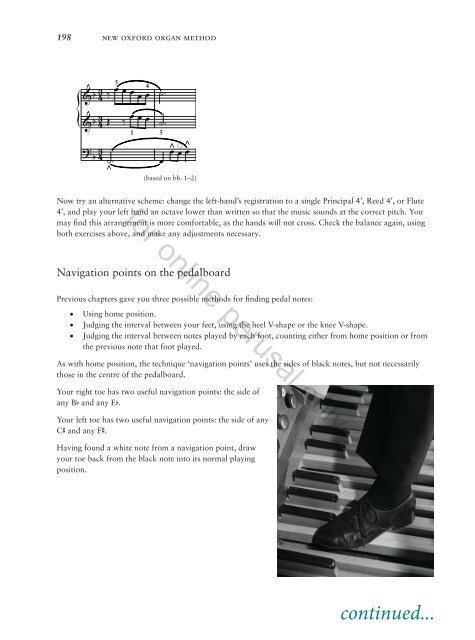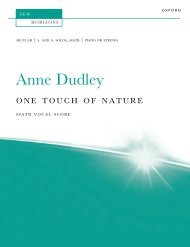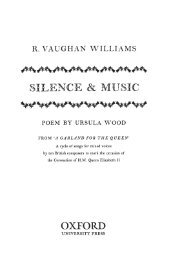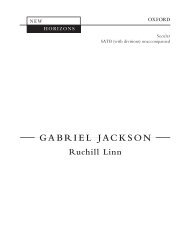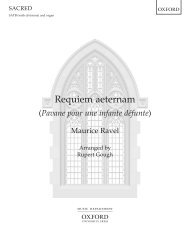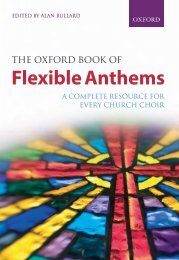New Oxford Organ Method
A single piece of repertoire is the primary focus for each chapter, with preparatory exercises providing the necessary technical work building towards the piece. Each lesson covers four main topics, which are systematically developed: practice methods, registration, fingering and pedalling, and historically-informed interpretation. The method is for keyboard players of any age who are establishing first steps at the organ with or without a teacher. It will also serve more experienced organists who want to improve their technique.
A single piece of repertoire is the primary focus for each chapter, with preparatory exercises providing the necessary technical work building towards the piece. Each lesson covers four main topics, which are systematically developed: practice methods, registration, fingering and pedalling, and historically-informed interpretation. The method is for keyboard players of any age who are establishing first steps at the organ with or without a teacher. It will also serve more experienced organists who want to improve their technique.
- No tags were found...
You also want an ePaper? Increase the reach of your titles
YUMPU automatically turns print PDFs into web optimized ePapers that Google loves.
198 new oxford organ method<br />
{<br />
3<br />
& b 5<br />
4<br />
4 ‰ œ œ œ œ œ ˙<br />
3<br />
& b 4 Œ ‰ œ œ œ ˙<br />
1 5<br />
? 3<br />
m ¡ m<br />
b 4 ˙ œ œ œ œ<br />
m<br />
(based on bb. 1–2)<br />
Now try an alternative scheme: change the left-hand’s registration to a single Principal 4ʹ, Reed 4ʹ, or Flute<br />
4ʹ, and play your left hand an octave lower than written so that the music sounds at the correct pitch. You<br />
may find this arrangement is more comfortable, as the hands will not cross. Check the balance again, using<br />
both exercises above, and make any adjustments necessary.<br />
for online perusal only<br />
Navigation points on the pedalboard<br />
Previous chapters gave you three possible methods for finding pedal notes:<br />
• Using home position.<br />
• Judging the interval between your feet, using the heel V-shape or the knee V-shape.<br />
• Judging the interval between notes played by each foot, counting either from home position or from<br />
the previous note that foot played.<br />
As with home position, the technique ‘navigation points’ uses the sides of black notes, but not necessarily<br />
those in the centre of the pedalboard.<br />
Your right toe has two useful navigation points: the side of<br />
any Bb and any Eb.<br />
Your left toe has two useful navigation points: the side of any<br />
C# and any F#.<br />
Having found a white note from a navigation point, draw<br />
your toe back from the black note into its normal playing<br />
position.<br />
continued...


